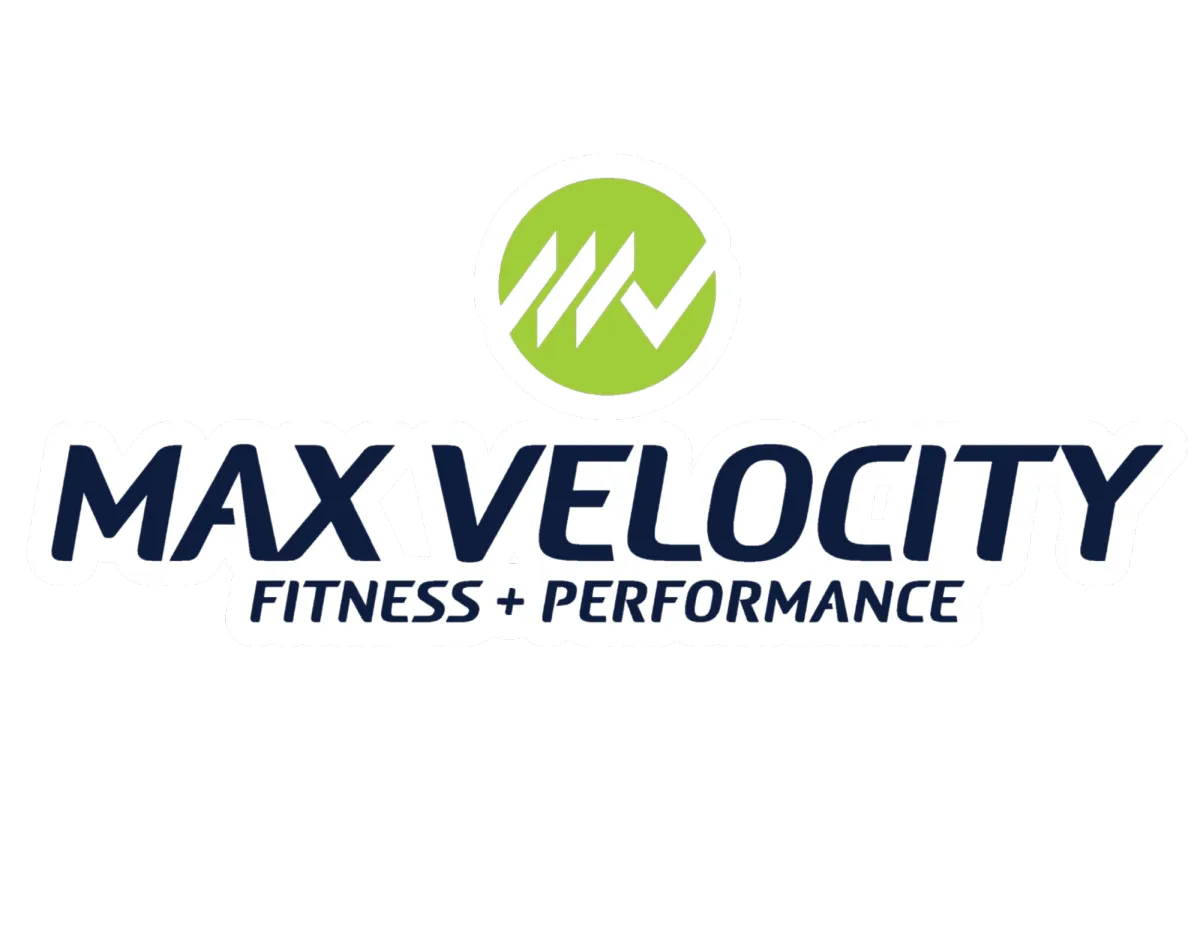

Is it too late to start exercising?
By Ken Berger
At 72, Sylvia is beginning to have trouble keeping up with her grandchildren … and she’s started to notice that her memory isn’t as sharp as it used to be.
She gets winded and tired after simple tasks, like climbing stairs or lifting groceries. While moving around during his daily activities, she sometimes feels unsteady on her feet.
As she reflects on her priorities over the past few years, she wishes she had started exercising when he was in her 50s. The thought of what could have been weighs heavily on her.

But here’s the good news: It’s never too late to start exercising. Embracing physical activity, particularly strength training, can lead to significant health benefits at any age.
Let’s explore why starting a strength training program can transform your life, even if you haven’t been active for years.
The Power of Strength Training
Strength training is a cornerstone of a healthy lifestyle, especially as we age. It's not just about lifting weights; it's about building a foundation for a healthier, more active life. As we age, our bodies naturally lose muscle mass, a condition known as sarcopenia. This muscle loss can lead to joint pain, decreased mobility and increased risk of falls. And here’s the double-whammy: As we become less physically active, we begin to gain weight as we age, which triggers a higher likelihood of chronic disease.
Strength training can counteract these effects by increasing muscle mass, improving mobility, removing unwanted weight and reducing the risk of cardiovascular disease, cancer, metabolic disease and neurodegenerative diseases like Alzeheimer’s and dementia.
Starting Late? No Problem
If you're over 50 and haven't been active, starting a strength training program might seem daunting. But don't worry—it's never too late to begin. Whether you're a seasoned weightlifter or a complete beginner, strength training can be adapted to fit your current fitness level. The key is to start slow, focus on proper form and gradually increase the intensity of your workouts.

Exercises to Consider
1. Opposing Muscle Groups: Begin with exercises that target opposing muscle groups. For those over 50, it's beneficial to focus on both push and pull movements. Consider exercises like bench presses and rows, which can be done with dumbbells to allow for greater flexibility and comfort in movement. Start with light weights and focus on doing 4 sets of 10-15 reps, gradually increasing as you gain strength.
2. Bodyweight Exercises: Incorporate bodyweight movements such as squats, lunges and push-ups. These exercises help build strength and improve balance without the need for heavy equipment. They can be easily modified to suit your fitness level and help maintain joint health.
3. Flexibility and Balance: As we age, flexibility and balance become increasingly important to prevent falls and maintain mobility. Incorporate unilateral (or single-leg/single-arm) exercises into your routine. These exercises not only improve flexibility but also enhance balance and coordination, making them ideal for older adults.
4. Core and Cardio: Don't forget about core exercises and cardiovascular activities. Core strength is vital for stability and pain prevention, while cardio helps improve heart health and endurance. Consider low-impact cardio options like walking, swimming or cycling, which are gentle on the joints but effective at building endurance. Short bursts of higher-intensity cardio can also be beneficial and complement the longer duration, lower intensity cardio activities to help you achieve well-rounded cardiovascular health.
5. Warm-up and Cool-down: Always include a proper warm-up and cool-down in your routine. This helps prepare your body for exercise and reduces the risk of injury. Simple activities like walking or gentle stretching can effectively warm up your muscles and joints.
Focal Points for Training
There are a few things to keep in mind when starting a strength training program, especially if you’ve been inactive for a while:
Safety and Form: Prioritize safety by focusing on proper form and technique. This reduces the risk of injury and ensures you're getting the most out of each exercise. Consider working with a trainer to learn the correct form, especially if you're new to strength training.
Consistency: Aim for at least 2-3 strength training sessions per week. Consistency is important for building strength and seeing results. Remember, progress takes time, so be patient and stay committed to your routine.
Listen to Your Body: Pay attention to how your body responds to exercise. If you experience pain or discomfort, adjust your routine accordingly.
Starting a strength training regimen after 50 is not just about lifting weights; it's about lifting your quality of life. The earlier you begin, the more benefits you'll experience. But even if you're starting later in life, the positive impact on your health and well-being can be profound. Strength training can help you maintain independence, enjoy daily activities and live a longer, healthier life.

Benefits Beyond the Physical
Strength training offers more than just physical benefits. It can enhance mental well-being, boost confidence and improve overall quality of life. Engaging in regular exercise can help manage stress, reduce symptoms of anxiety and depression and improve cognitive function. These mental health benefits are just as important as the physical ones, contributing to a more balanced and fulfilling life.
Practical Tips for Getting Started
1. Consult a Professional: Before starting any new exercise program, it's wise to consult with a healthcare provider or a certified personal trainer. They can help assess your current fitness level and design a program tailored to your needs
2. Start Slow: Begin with basic exercises that target major muscle groups. Focus on bodyweight exercises or use light weights to build strength gradually. Exercises like squats, lunges and push-ups are excellent starting points.
3. Prioritize Safety: Safety should always be a priority, especially if you're new to strength training. Pay attention to proper form and technique to avoid injuries. Consider working with a trainer to ensure you're performing exercises correctly.
4. Consistency is Key: Aim for at least 2-3 strength training sessions per week. Consistency is crucial for building strength and seeing results. Remember, progress takes time, so be patient and stay committed to your routine.
5. Listen to Your Body: Pay attention to how your body responds to exercise. If you experience pain or discomfort, adjust your routine accordingly. It's important to challenge yourself, but not at the expense of your health.
Embrace the Challenge
It's never too late to take control of your health. By incorporating strength training into your routine, you're investing in a stronger, healthier future. Whether it's playing with grandchildren, enjoying a walk in the park, or simply carrying groceries with ease, the benefits of strength training extend to every aspect of your life.
If you’d like to learn how to live a longer and healthier life through exercise and nutrition, I’ve got 2 spots left in my “September Special” promotion. Lock in your spot for September and train for the rest of August for FREE! If you’d like the details, just shoot me an email and we'll schedule a no-risk, no-obligation chat.




